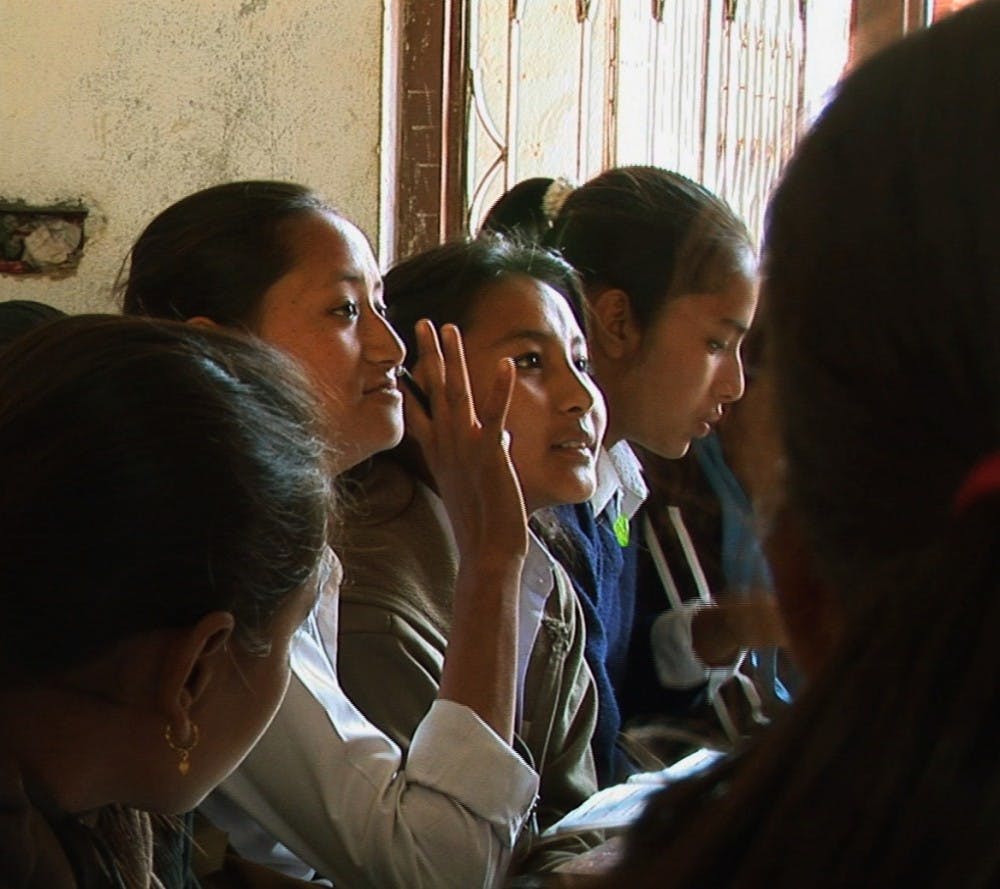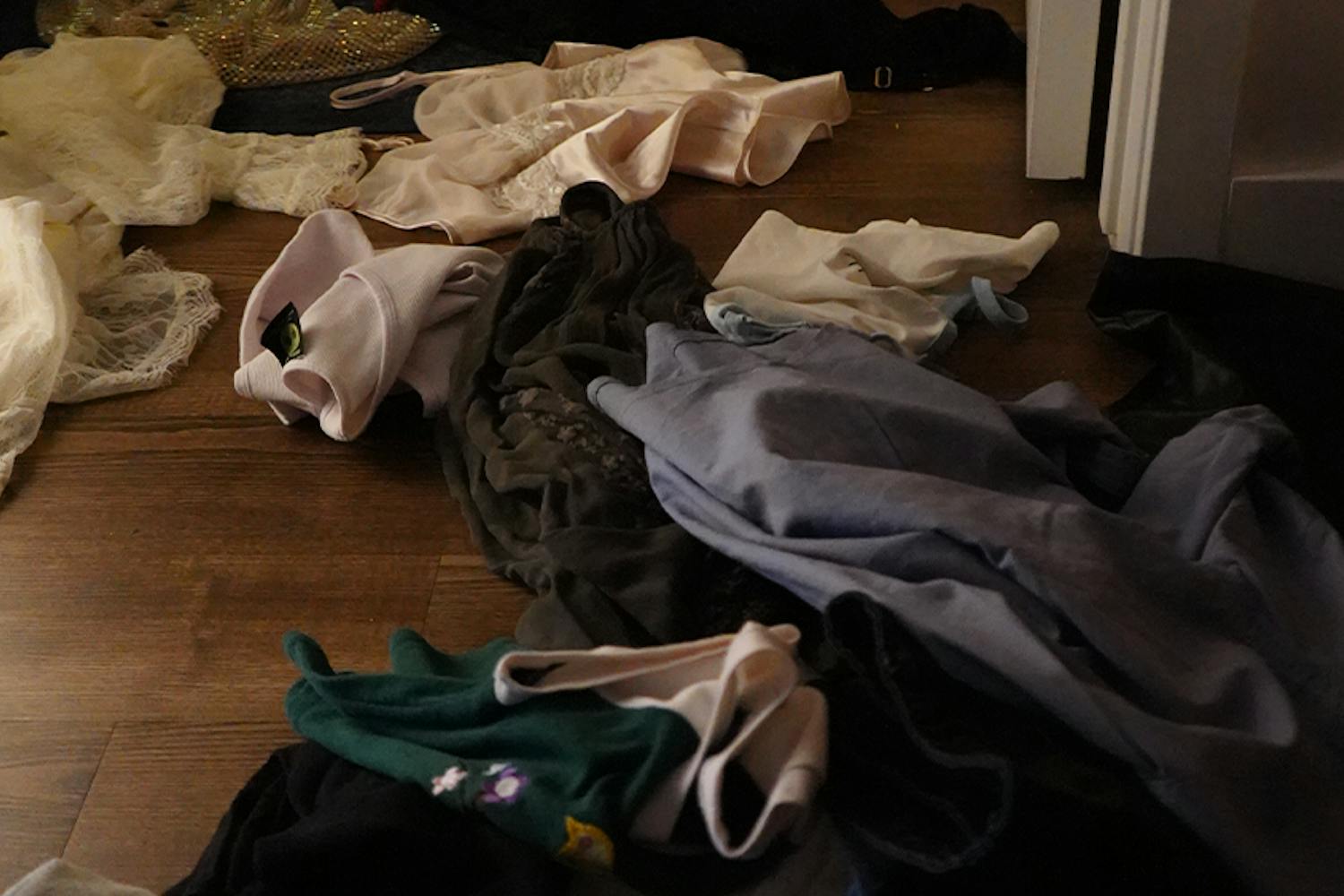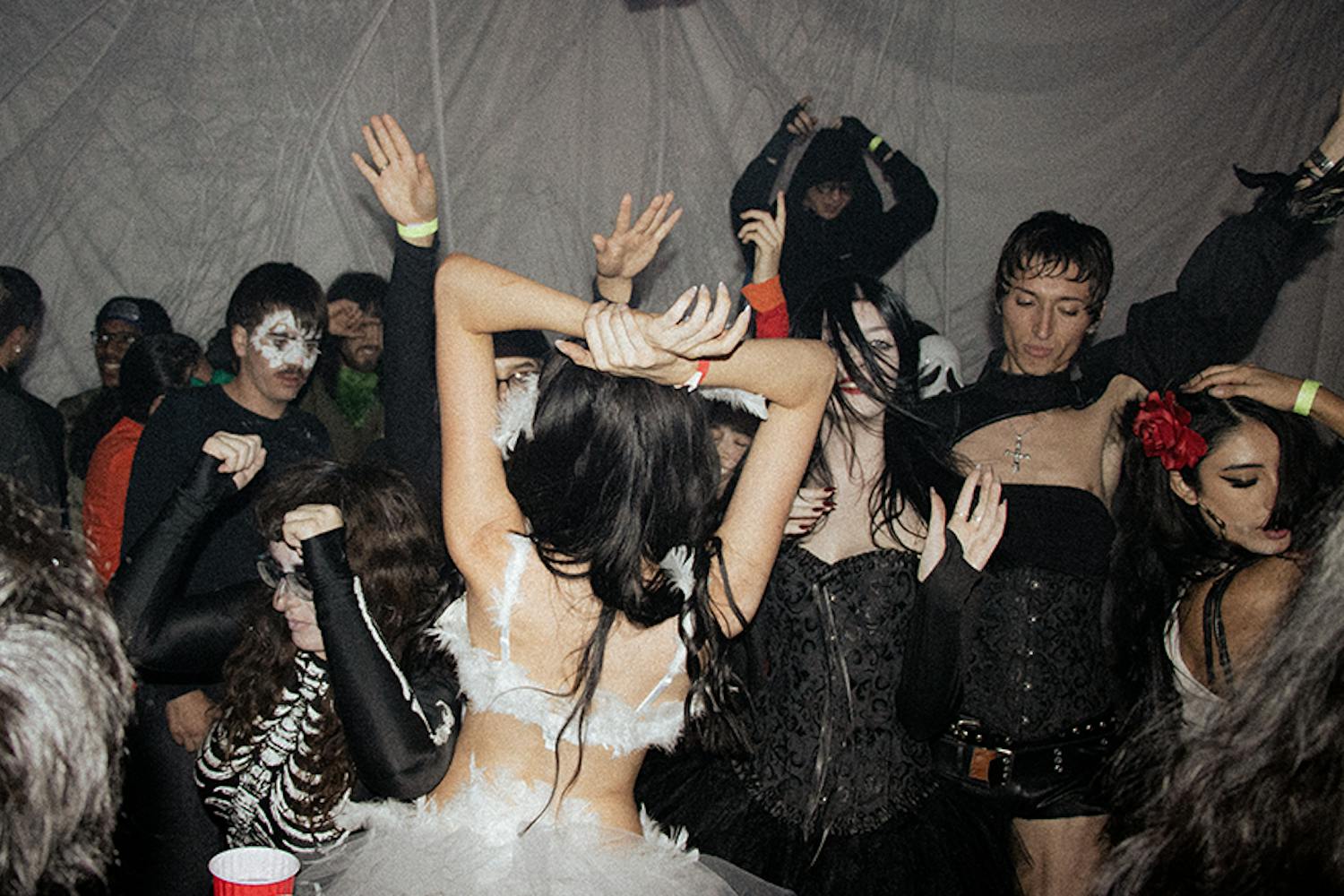I’m totally guilty of venting about my schoolwork from time to time, but after having attended Woman’s As Hero’s screening of “To Educate A Girl” last Wednesday, I’ll have to think twice before airing those frustrations again.
After having spoken with the president of Woman As Hero (check out what we talked about) a couple weeks ago, I knew I wanted to be part of or at least see what the club was putting on.
Before the showing started, Dr. Heather Switzer, the faculty advisor for WAH, introduced the subject with a lecture on her past research that focused on the development of identity among indigenous Maasai schoolgirls in rural Kenya, Africa.
What Americans would call ‘adolescence’ has traditionally been rushed through for Maasai females. With her experiences with the Massai people, Dr. Switzer found that there is a lot of conflict about the new meaning of enkanyakuai. In the past, the term referred to the period of time between a girl being circumcised and her marriage, which was usually about four to12 weeks. However, when a girl receives an education, this time of ‘adolescence’ extends to a couple years.
The female students Dr. Switzer interviewed adamantly refused to be referred to as enkanyakuai due to its associated meaning of “waiting for a husband.” As an example, Dr. Switzer recalled that when she asked a 16-year-old Maasai schoolgirl whether she was an entito (girl) or an enkitok (woman), the schoolgirl replied, “Now, I am a student.” The female students are seeking a diploma, not a marriage.
I later asked Dr. Switzer what this means for the Maasai community, and she told me, “This is very positive for girls as they then ‘grow up’ physically, intellectually, and emotionally in school rather than in marriage.”
After Dr. Switzer spoke, we watched the film. Framed by the United Nations global initiative to provide equal access to education by 2015, the awareness documentary proved to be a revealing look at the lives of young women determined to achieve their ambitions despite conflict, poverty and gender bias. To make the film, Frederick Rendina and Oren Rudavsky traveled to Nepal and Uganda, both countries coming out of civil war and struggling with poverty. By depicting the efforts of girls to start school or overcome the daunting challenges to stay in school, the film shows the social reformations taking place.
The documentary reminded me of what an education really means. It’s easy to forget, but I’m glad for the reminder.





